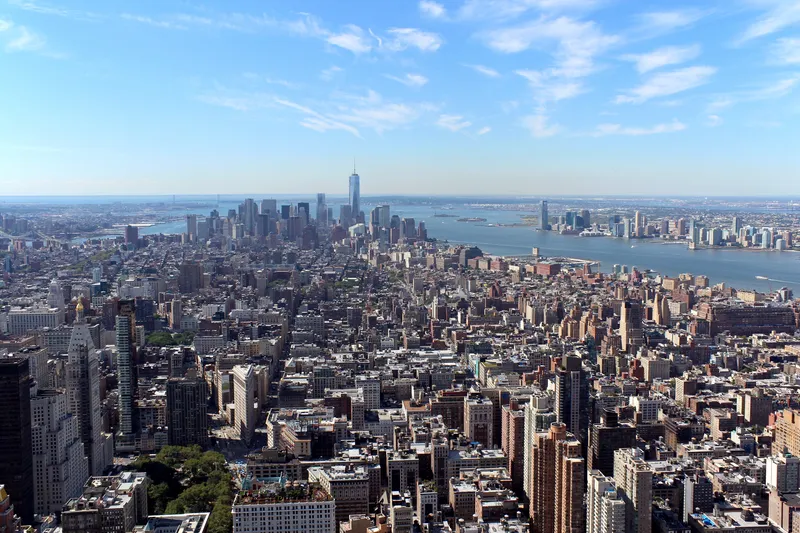Thales has won the Metropolitan Transportation Authority (MTA) Genius Transit Challenge’s signalling category for its onboard systems. The technology behind the system is designed with the intention of carrying out train positioning more efficiently while maintaining a high standard of safety, reducing delays and mitigating costs.
The solution, according to Thales, could be implemented in approximately one-third of the time of the current plan. In addition, it aims to reduce maintenance effort and main
April 3, 2018
Read time: 2 mins
The solution, according to Thales, could be implemented in approximately one-third of the time of the current plan. In addition, it aims to reduce maintenance effort and maintain safety while costly nearly 60% less than the current configuration. It also uses advances in video and sensor technology.
Alan Pellegrini, CEO, Thales in the USA, said: “Governor Cuomo and MTA’s Genius Transit Challenge is an important step towards more efficient and more reliable transit services in New York City. As a company passionate about innovation, Thales is here to help the Governor and MTA master the complexities they face for the most complex metro in North America – whatever it takes.”









